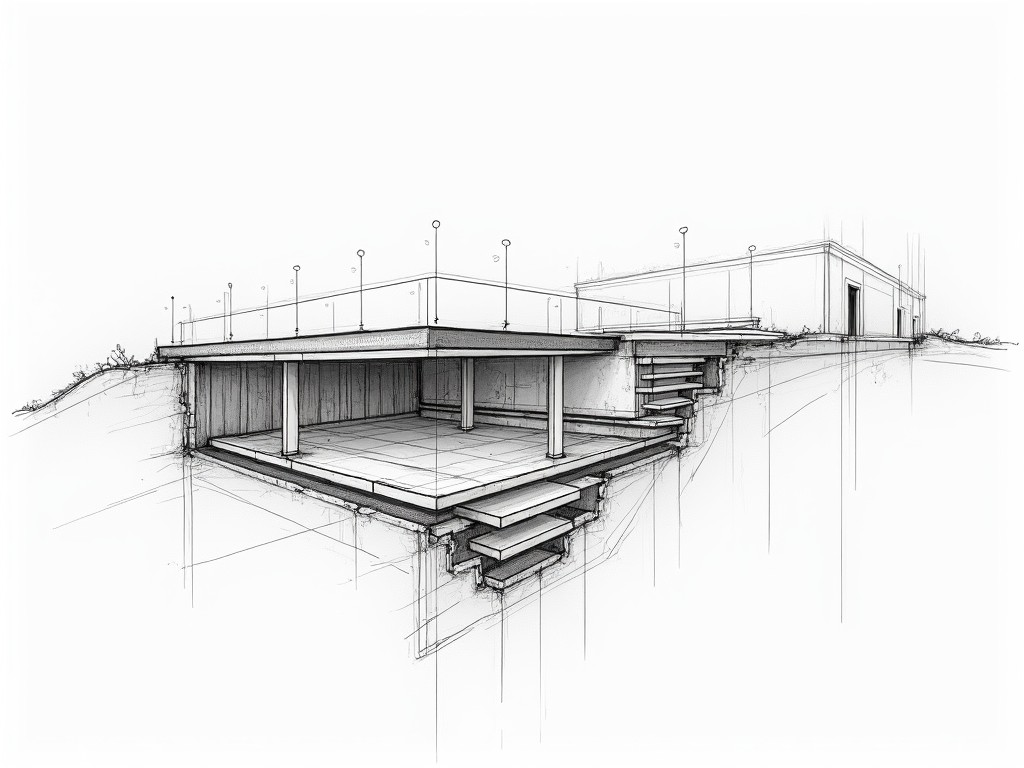Essential Principles of Design for Beginners
Understanding the Foundation of Design
Design is more than just art; it's a powerful communication tool that conveys messages through visual elements. Essential principles of design for beginners cover concepts that help transform simple ideas into captivating designs. In this article, we will walk you through these principles to build a solid foundation in design.

The Building Blocks: Key Principles of Design
To create effective designs, beginners must understand several core principles:
- Balance: The distribution of visual weight in a design. Balance can be symmetrical (equal weight on both sides) or asymmetrical (different weights, yet balanced).
- Contrast: Differences in elements that create interest and focal points in your design.
- Emphasis: Method of where to attract attention in a composition, focusing on elements that are meant to stand out.
- Proportion: Size relationships between items within a design, ensuring that all elements look like part of a whole.
- Rhythm: Repeating elements that create movement and achieve harmony in your design.
- Unity: The feeling that all parts of the design work together as one.
These principles are the mat foundations of successful design work, offering a structured path for creativity.

Personal Experience: Finding My Design Style
When I first started exploring design, the concept of balance seemed elusive. I spent hours adjusting elements, trying to make my designs look right. One day, I experimented with contrasting colors and noticed an immediate improvement in how the creative pieces looked cohesive. This was my first personal insight into how balance and contrast work together.

Applying Design Principles in Foundation Design
Design isn't confined to graphics alone; it extends to areas like foundation design in architecture. When laying the basis of a structure, balance and proportion are critical. Designers use these principles to ensure that the foundation supports the load and stays stable over time.
Understanding how essential design principles of beginners apply broadly can offer fresh perspectives and insights into different design contexts.

Actionable Insights for Aspiring Designers
- Start Simple: Don't overwhelm yourself with complexities initially. Focus on understanding one principle thoroughly before moving to another.
- Use Tools: Color wheels, grids, and sketches are basic tools that can help manage balance and emphasis in your projects.
- Seek Feedback: Show your designs to peers or mentors to gain insights on areas of improvement.
- Practice Regularly: The more you design, the better you will grasp these principles intuitively. As you grow, these foundations will guide your creative decisions naturally.

Wrapping Up: The Journey Forward
Mastering the essential principles of design for beginners is not just about technical ability but also developing a sense of creativity and intuition. These principles serve as the mat foundations of every successful project, providing a structured approach to innovative design. As you continue on your journey, remember that consistency and curiosity will guide you to excel.






